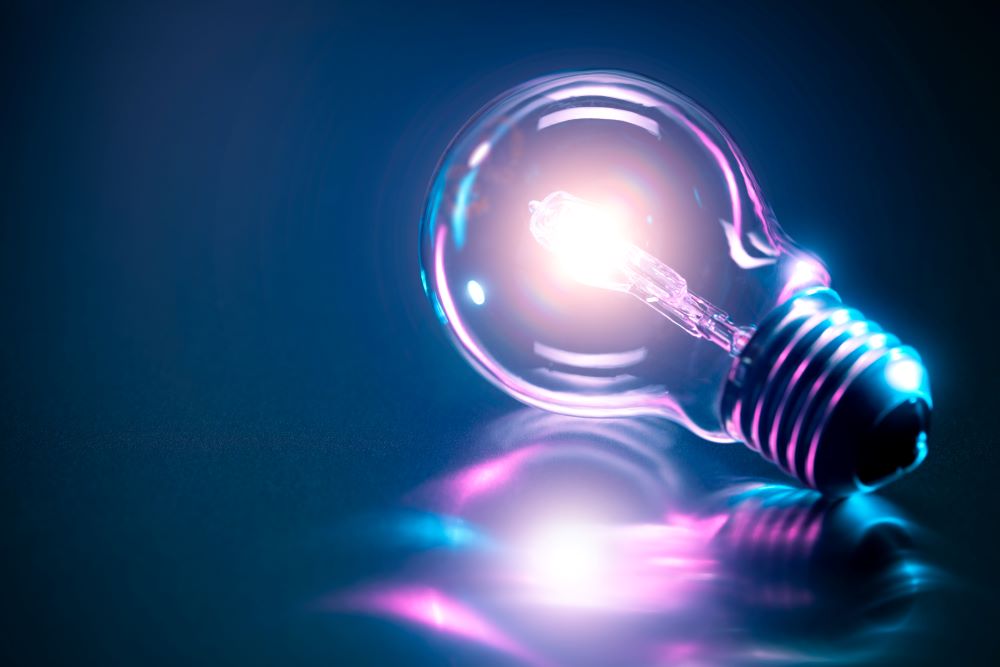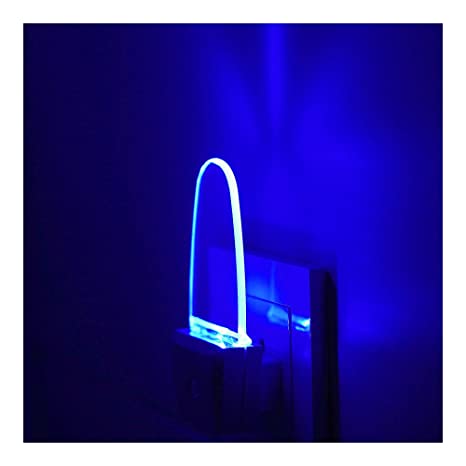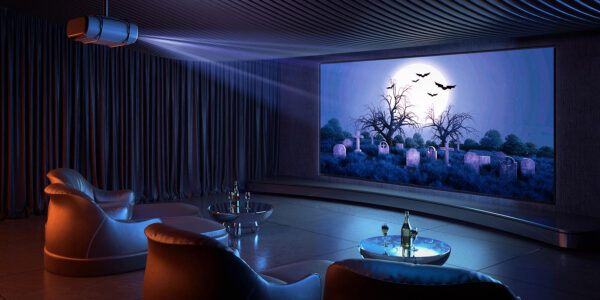LED lighting is rapidly taking over the market for artificial illumination for a variety of commercial, manufacturing, and residential applications. Advanced LED technology and versatility, as well as the superior economies and efficiencies of LED lighting are the most commonly-cited reasons for the growing popularity of LED’s. Many newcomers to LED lighting find themselves confused, however, over the terminology that describes LED lighting performance, particularly with respect to the “lumen” ratings of LED’s. What are lumens and what does that have to do with LED lighting? LED Lighting Tech, the premier online source for LED light bulbs, fixtures, and accessories, is providing this explanation to clarify what lumens are, and how they relate to your LED choices.
Lumens are a crucial measurement when it comes to selecting the right LED lighting for your needs. While traditional lighting relied on watts to gauge brightness, LED lighting revolutionized the industry by focusing on lumens as the standard unit of measurement for light output. So, what exactly are lumens and how do they relate to choosing LED lighting? Let’s dive into the world of lumens and shed some light on the subject.
What Are Lumens?
Lumens represent the total amount of visible light emitted by a light source. In simpler terms, lumens measure the brightness of a light bulb or fixture. Unlike watts, which measure power consumption, lumens directly indicate the amount of light produced. The higher the lumen value, the brighter the light.
Lumens are derived from the International System of Units (SI) and are defined as the amount of light emitted in all directions by a light source. This measurement takes into account the sensitivity of the human eye to different wavelengths of light. The concept of lumens is based on the photometric measurement of radiant flux, which refers to the total energy emitted as visible light.
Lumens are for Humans! It is important to note that lumens specifically measure the light output visible to the human eye, as opposed to radiant flux, which includes all electromagnetic radiation emitted by a light source.
In technical terms, lumens are represented by the symbol “lm” and are typically specified on LED lighting packages or datasheets. Here are some key technical specifications associated with lumens:
- Luminous Efficacy:
Luminous efficacy refers to the amount of visible light produced per unit of electrical power consumed. It is measured in lumens per watt (lm/W) and represents the efficiency of the light source in converting electrical energy into visible light. LED lighting is known for its high luminous efficacy compared to traditional lighting technologies. The higher the lm/W value, the more efficient the LED light is, resulting in greater energy savings and reduced environmental impact.
- Correlated Color Temperature (CCT):
Correlated Color Temperature (CCT) is another important technical specification related to lumens. CCT measures the perceived color of light emitted by a source, ranging from warm yellowish-white to cool bluish-white. It is measured in Kelvin (K). LED lights are available in a wide range of CCT values to suit different applications. Lower CCT values (e.g., 2700K) represent warm white light resembling incandescent bulbs, while higher CCT values (e.g., 5000K) represent cool white light resembling daylight. The choice of CCT depends on personal preference and the intended use of the lighting.
- Color Rendering Index (CRI):
The Color Rendering Index (CRI) is a metric that indicates how accurately a light source renders colors compared to natural daylight. It is measured on a scale from 0 to 100, with higher values indicating better color rendering. LED lights with a high CRI provide more accurate color representation, making them suitable for applications that require precise color perception, such as art galleries, retail spaces, or medical facilities. A CRI value of 80 or above is typically recommended for general lighting purposes.
- Beam Angle and Distribution:
LED lights emit light in a specific direction, and the beam angle determines the extent of the light spread. The beam angle is measured in degrees and represents the angle at which the light is emitted from the LED fixture. A narrow beam angle provides focused illumination, suitable for spot lighting or accentuating specific areas, while a wide beam angle provides more widespread lighting. Consider the desired lighting coverage and the specific requirements of your application when selecting the appropriate beam angle.
Paying attention to luminous efficacy, correlated color temperature, color rendering index, beam angle, and other technical details will help you select LED lights that meet your specific requirements. Utilizing this knowledge, you can create well-lit spaces with optimal brightness, energy efficiency, and visual comfort.
Choosing LED Lighting Based on Lumens
When selecting LED lighting, it’s important to consider the desired brightness level for a particular space or application. Here’s how you can use lumens as a guide when choosing LED lighting:
Determine the Required Lumens
Start by assessing the lighting needs of your space. Consider factors such as the size of the area, the desired level of brightness, and the specific tasks or activities taking place in the space. For example, a living room may require a different brightness level compared to a kitchen or a workspace. Look for lighting recommendations or guidelines specific to the intended use of the space to get an idea of the required lumens.
Compare Lumens Across Products
Once you have an estimate of the required lumens, you can compare different LED lighting products to find the right match. LED lighting packages typically indicate the number of lumens produced by the bulb or fixture. Pay attention to this information as it will help you determine if the light output meets your needs. Consider factors such as the size of the space, the height of the ceiling, and the desired lighting intensity to ensure optimal illumination.
Consider Lighting Efficiency
While lumens indicate the total light output, it’s also important to consider the efficiency of the LED lighting. LED lights are known for their high efficiency, meaning they produce more lumens per watt compared to traditional lighting technologies. Look for LED products with high efficacy ratings, which indicate how efficiently the light source converts electrical power into visible light. Higher efficacy ratings result in greater energy savings and a more environmentally friendly lighting solution.
Customize Lighting Levels
LED lighting offers the flexibility to customize lighting levels based on specific preferences or needs. Some LED products, such as dimmable bulbs or fixtures, allow you to adjust the brightness to create the desired ambiance or conserve energy when full brightness is not required. Take advantage of these features to further tailor the lighting to your liking.
Seek Expert Advice
If you’re unsure about the appropriate lumen level for your specific application or need further guidance, don’t hesitate to consult with lighting experts or professionals. They can provide valuable insights and recommend the most suitable LED lighting options based on your requirements.
Lumens are a vital consideration when choosing LED lighting. Understanding the desired level of brightness, comparing lumens across products, considering lighting efficiency, customizing lighting levels, and seeking expert advice can help you make informed decisions and select the right LED lighting solution for your space. By focusing on lumens, you can ensure optimal illumination and create the desired ambiance in a more energy-efficient and sustainable manner.
How Lumens Affect LED Lighting
The wattage ratings that are used to describe incandescent bulbs were often confused with a measure of the brightness of those bulbs, whereas in reality wattage is a rating of the amount of electricity that a light bulb consumes. Bulbs with higher wattage ratings are generally brighter than lower wattage-rated bulbs, but wattage is not a direct measure of a bulb’s brightness. For that purpose, you need to refer to a bulb’s lumen rating. Technically, a “lumen” is the amount of light from a light source that reaches a defined surface area that is placed at a set distance from the source. If the source generates more light and the defined surface area appears brighter, that source will have a higher lumen rating.
LED lights are rated according to lumens rather than watts because they convert substantially more input electrical energy into light than other types of artificial lighting, and with less dissipation of that energy input into heat. A 40-watt incandescent bulb and a 10-watt LED bulb might both generate 600 lumens, but the incandescent bulb needs 4 times the energy input of the LED bulb for that purpose. As this example suggests, you can use a general rule of thumb to compare incandescent and LED bulbs, namely, an LED bulb requires only one-fourth to one-sixth of the energy input (i.e. wattage) as an incandescent bulb to generate the same amount of light.
If you are looking to simply swap out existing incandescent bulbs with LED’s and you want to continue to think in terms of watts, this rule of thumb will guide you to replace 40- to 60-watt incandescent bulbs with 10-watt LED bulbs, and 75- to 100-watt incandescent bulbs with 15-watt LED’s. A designer or LED lighting technician will be able to give you more targeted guidance that creates lighting which delivers the optimum lumens for specific parts of your office or residence.
You might be using too little lighting in areas of your residence that would benefit from better lighting, such as kitchens or other work areas. Alternately, bedrooms and living spaces will benefit from less lighting that creates a warmer, more comfortable atmosphere. Traditional incandescent bulbs provide little flexibility to control brightness in these areas, but LED’s with a wider range of lumen ratings will provide for more subtle variations and tighter control to give you the ideal brightness in each area.
LED Lighting consultants will also be able to explain how radiance and illuminance measurements and ratings can give you an even greater sense of the quality and quantity of light that LED bulbs will create in a given space. Your initial task, however, is to understand how to select the right LED bulbs according to their lumens ratings. The consultants at LED lighting tech can provide further guidance through these ratings and measurements.







